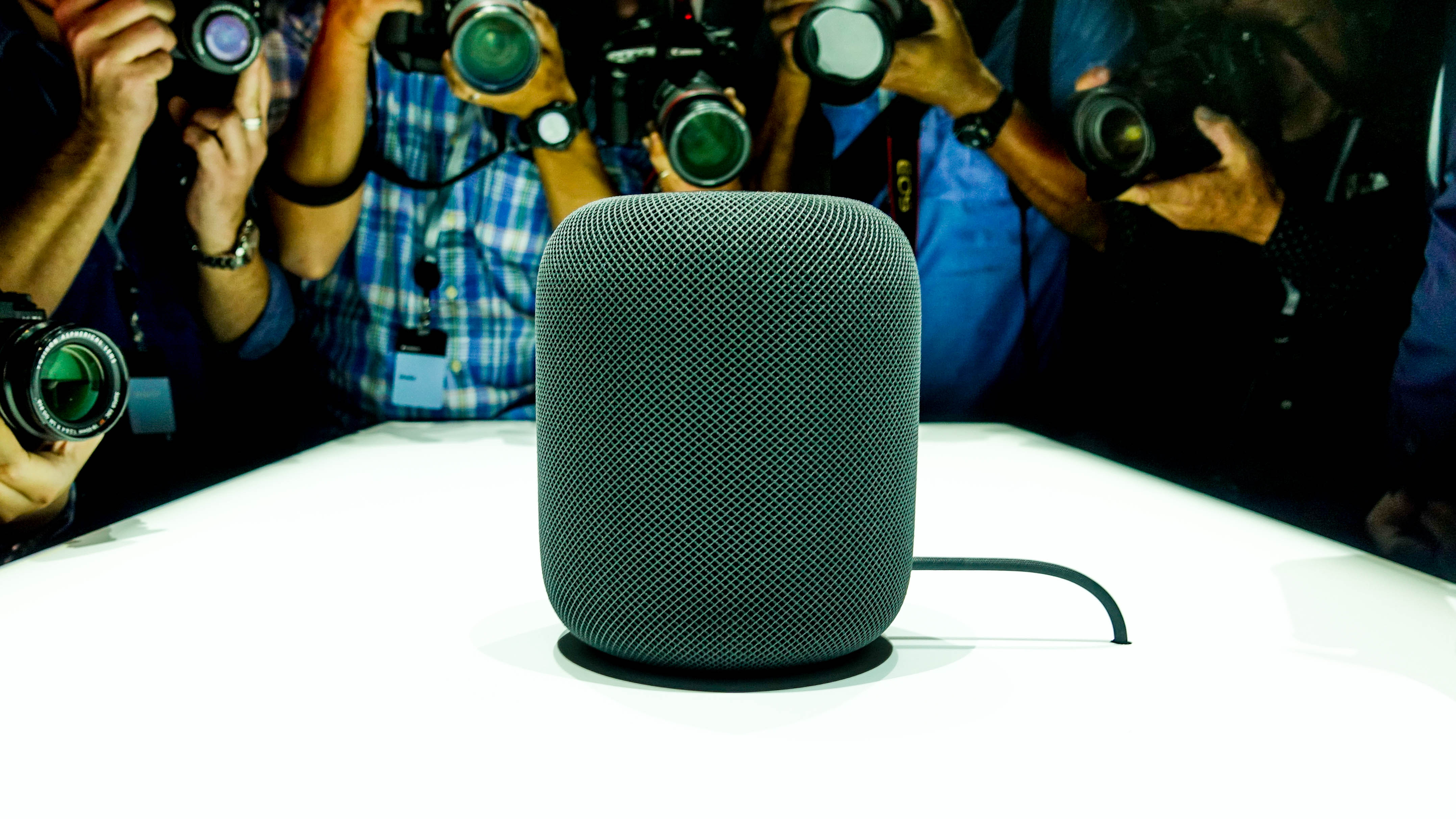

**Apple’s HomePod Touch: An Overview of Pricing and Market Strategy**
Speculation indicates that Apple is planning to unveil a new HomePod featuring a touchscreen, likely dubbed ‘HomePod Touch’ or ‘HomePad’, in the early months of 2025. Nevertheless, concerns are surfacing regarding its pricing approach, which might mirror previous errors associated with the initial HomePod.
### Apple’s History of Pricing Errors with HomePod
Upon the launch of its initial HomePod in 2018, Apple set the price at $349. This high price point was in stark contrast to the considerably lower cost of rival products, such as Amazon’s Echo speakers, available for about $99. The anticipation of an ‘Apple premium’ on products did not warrant the $349 cost for many buyers, resulting in minimal adoption of the HomePod.
In an effort to recast the HomePod as a top-tier audio device rather than merely a Siri-focused smart speaker, Apple ultimately lowered the price to $299 a year later. Despite this cut, the HomePod continued to be a niche offering until the launch of the HomePod mini, which was priced at $99 and achieved greater market success.
### HomePod Touch Anticipated to Retail Around $350
A recent article by Bloomberg’s Mark Gurman reveals that Apple is aiming for a price close to $350 for the forthcoming HomePod Touch. This price is roughly $50 above the original HomePod and stays significantly higher than the cost of competing devices from Amazon and Google.
Gurman mentions that Apple is investigating ways to decrease manufacturing expenses to possibly bring down the price before launch; however, it is still uncertain if this goal can be met. The HomePod Touch, equipped with a 7-inch screen, will encounter fierce competition from similar products like Amazon’s Echo Show 8, which is priced at $149 (currently reduced to $99), and Google’s Nest Hub, offered at $99.
### Market Consequences
For consumers, a $350 price for the HomePod Touch may be difficult to rationalize, particularly when similar items are available at a fraction of the price. While some consumers may be inclined to invest in Apple’s ecosystem, the modest screen size of the HomePod Touch raises concerns about its market practicality at that cost.
If Apple seeks to broaden its Home product range and attain wider consumer acceptance, a price closer to $250 or less could be more attractive. The success of the HomePod Touch will primarily hinge on its ability to effectively compete against established products in the smart home sector.
### Conclusion
As Apple gears up for the introduction of the HomePod Touch, the company must navigate the challenge of aligning its premium branding with competitive pricing. The insights gained from the pricing strategy of the original HomePod will be vital in determining the achievements of this new device. The market is keenly anticipating whether Apple can sidestep past errors and offer a product that appeals to consumers.